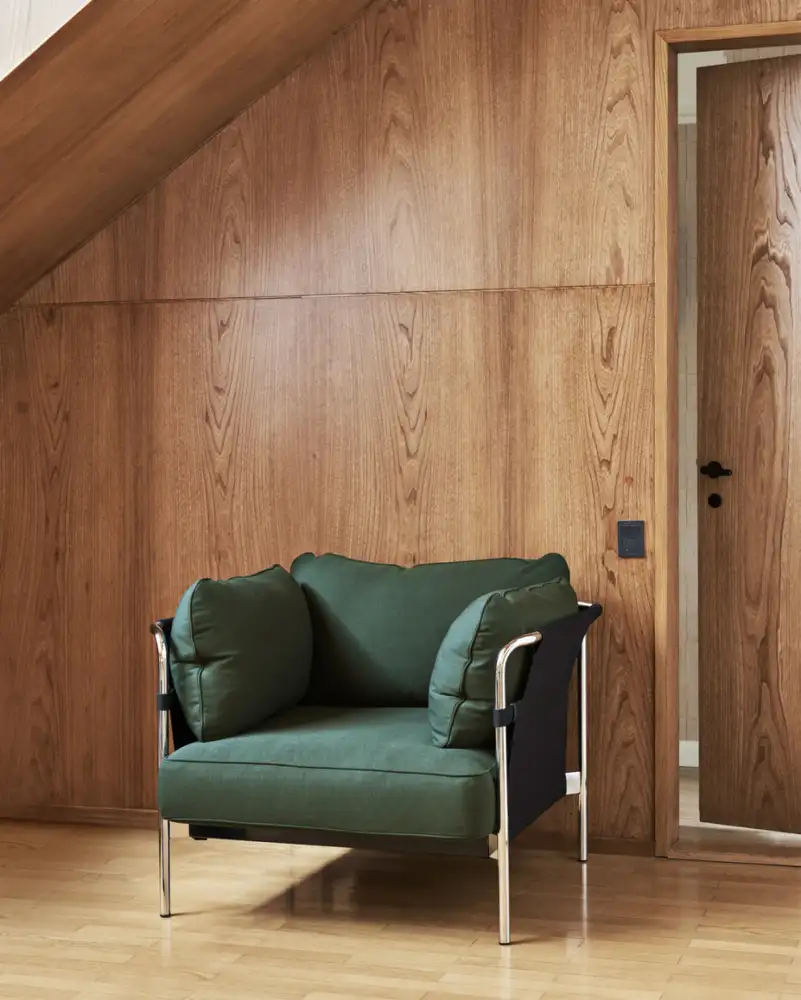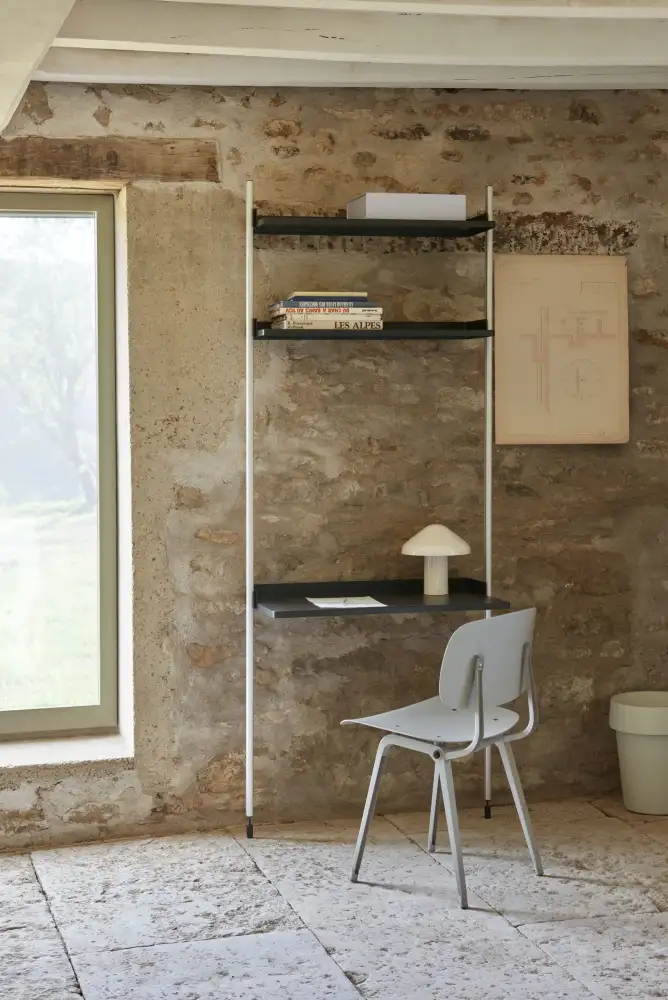Hay - Industrial Beauty Through the Lens of Collaboration
- AMPM
- Apr 25
- 3 min read
Updated: Apr 30

Between Scandinavian Precision and Authorial Gesture, HAY Reinvents a Democratic, Editorial, and Deeply Contemporary Design
Objects as Language
A nearly invisible stool by Naoto Fukasawa.
A shelf by the Bouroullec brothers, placed like a miniature piece of architecture.
A lamp by Muller Van Severen, hanging like a fleeting idea.
At HAY, objects aren’t made to shine — they’re made to accompany. To suggest a certain relationship to space and time. Each piece becomes a punctuation mark in reality, a soft syntax of the everyday.
More a Publishing House Than a Brand
Founded in 2002, HAY never set out to become a “brand” in the traditional sense.
Guided by Mette and Rolf Hay, the Danish studio operates like an editorial platform, curating collaborations the way one might compose a thoughtful magazine. Their role isn’t to direct everything — it’s to welcome, to assemble, to frame.
They don’t pursue a uniform aesthetic, but rather an open coherence: one rooted in functional, readable, yet always demanding design. Here, the democratization of design is not a compromise — it’s a cultural ambition.
Designers as Co-Authors
What sets HAY apart is its ability to compose with singular voices without ever losing coherence. Each invited designer doesn’t create a collection for HAY, but rather contributes to a broader conversation — a collective grammar of the present.
• The Bouroullec brothers bring their poetic precision, visible in the fluid structure of the Palissade chairs and the bold lines of the Can system.
• Muller Van Severen infuse color as energy, turning each piece into a sculpture of the everyday.
• Doshi Levien, through a multicultural approach, weave hybrid influences — artisanal, industrial, and narrative.
• And Naoto Fukasawa, through absolute minimalism, almost makes the form disappear — leaving only the gesture, the function, the essential.
Each voice is unique, yet all converge around the same idea: a design that is discreet, yet deeply inhabited.
A Design That Structures Rather Than Furnishes
What HAY offers is not an aesthetic of filling space — it’s a way of drawing space.
Furniture acts as a soft infrastructure — it supports, modulates, breathes, without ever overwhelming.
This philosophy echoes the codes of contemporary interior architecture: more open, more mobile spaces, where objects serve as tools of articulation rather than focal points. HAY doesn’t decorate — HAY orchestrates flows, gestures, and habits.
In this vision of design, adaptability becomes a form of luxury, and modularity an elegant response to the complexity of modern living.

The Radical Nature of Silence
At HAY, radicality is quiet.
No formal provocation, no ostentation. Here, what’s spectacular is precision — the ability of an object to endure, to integrate, to never become obsolete.
In a world saturated with images, this approach feels deeply contemporary. It’s a form of design that doesn’t seek to impress, but to endure.
A Gentle, Almost Invisible Beauty
What if industrial beauty isn’t what we thought it was?
What if, today, it reveals itself in the details — in the intent behind a curve, the precision of a joint, the warmth of a well-chosen plastic?
At HAY, design doesn’t need to declare itself. It’s something you sense. Something you live with.
And perhaps that’s their most subtle strength: turning the ordinary into a space for expression — without ego, without embellishment, but with radical elegance.
Yes, it’s authorial design. But it’s a design that leaves room.
Credits : https://www.hay.nl/en/


























Comments